The Corrick Collection of films has now been digitised and is once again able to be shared with audiences. Several of the films had their world premiere at the Ten Days on the Island Festival in Tasmania in March 2021.
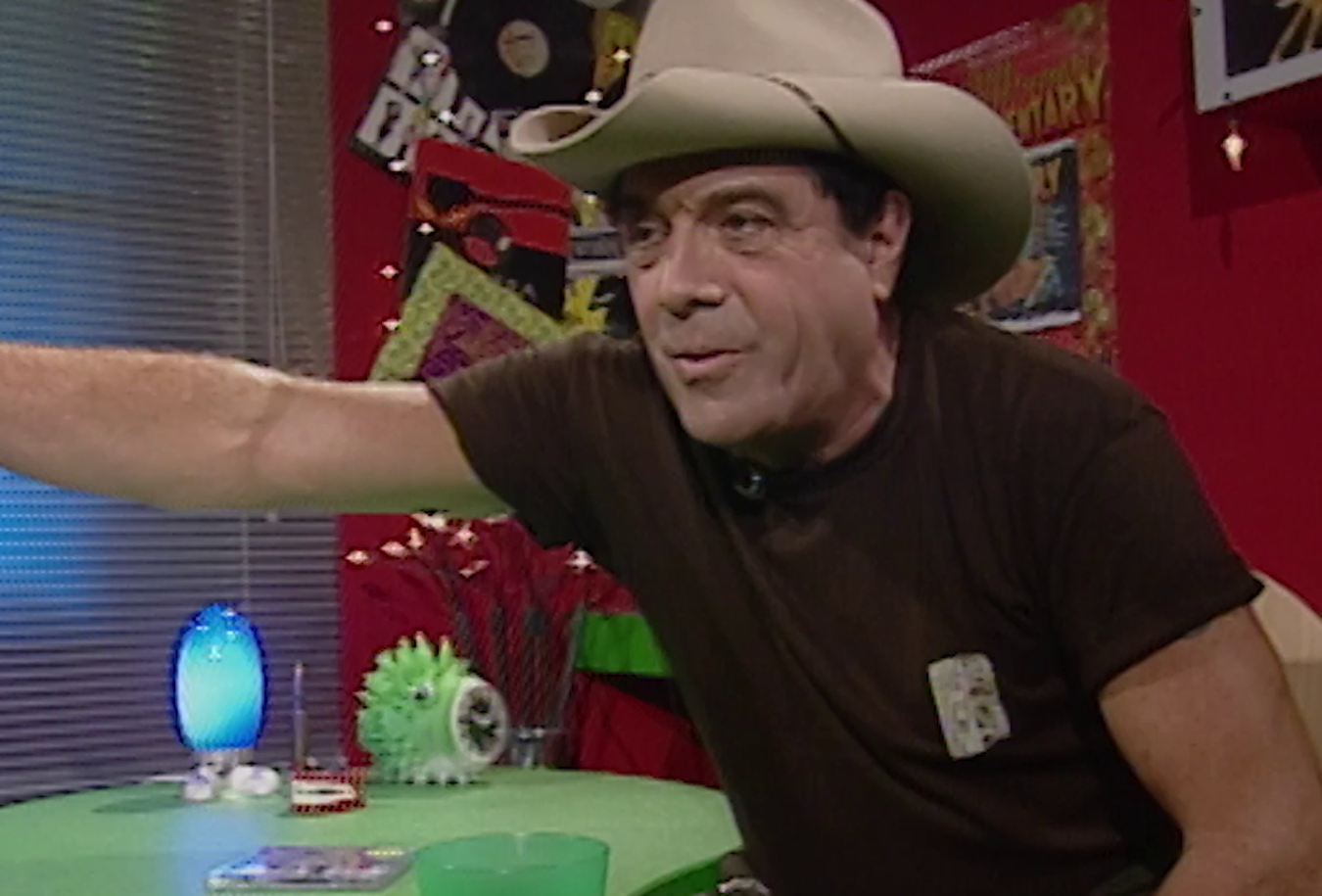
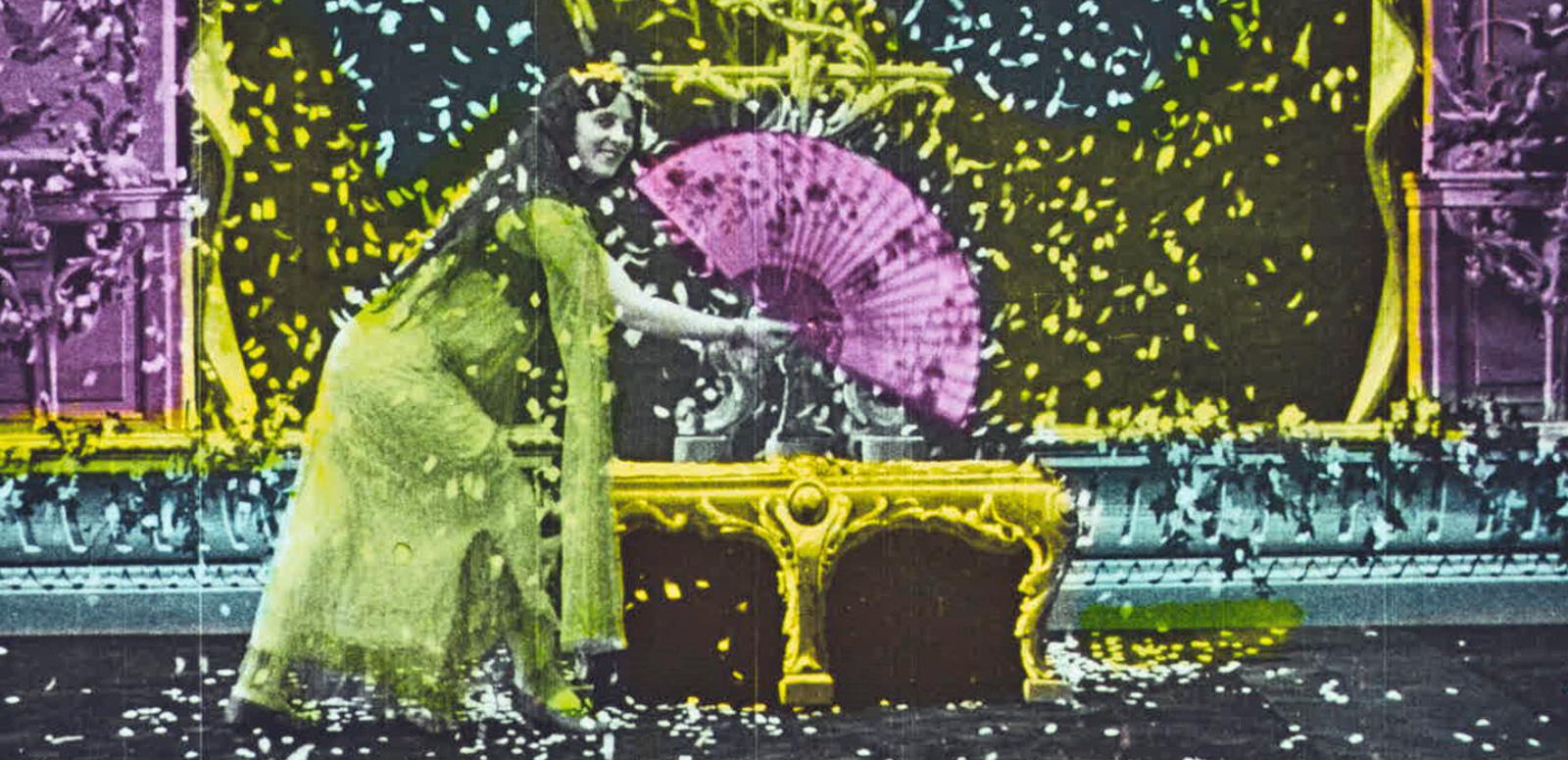
The Corrick Collection of films has now been digitised and is once again able to be shared with audiences. Several of the films had their world premiere at the Ten Days on the Island Festival in Tasmania in March 2021.

The Corrick Collection consists of over 135 nitrate films collected by The Marvellous Corricks, a vaudeville-style family of entertainers featuring Albert and Sarah and their seven daughters and one son, Leonard.
The family migrated from New Zealand to Australia in 1901 and began touring regional Australia before taking their show to Asia and Europe. They toured constantly for 14 years until Albert’s passing, and then settled in Tasmania.
Between 2007 and 2012, the entire Corrick Collection was preserved from nitrate onto 35mm safety film stock. Read more about the film-to-film restoration. After the preservation was completed, the films delighted audiences again at film festivals around the world. To be able to screen the films in today’s digital cinemas however required a new restoration process. In 2017, the mammoth project of digitising the Corrick Collection began.
We retained the services of Haghefilm Digitaal, a specialist post-production house and film laboratory located in the Netherlands which had collaborated with the NFSA on the Corricks photochemical restoration and projects like NFSA Restores: The Cheaters. Haghefilm had all the colour grading information that would be needed for the digital scans from the earlier photochemical restorations. Their work on the films took two years and was completed in 2019.
You can watch 5 of the restored films in the YouTube playlist below:
The Corrick Collection has been digitally restored as part of the NFSA Restores program to digitise, restore and preserve Australian films so they can be seen in today’s digital cinemas. Please note this video is silent.
Digitisation and restoration are different processes. Digitisation involves running the film through a scanner, capturing each individual frame. While the process may include some corrective work – such as grading to improve colour saturation and contrast and cropping of the image – the desired outcome is to achieve the same result as what is seen on the film.
Restoration is a more intensive approach – dust marks and scratches are removed, and colour is enhanced to improve what is already available, resulting in a new version. A distinctive feature of the Corrick films is that the original nitrate prints were frequently exhibited by John Corrick (Leonard’s son, who began donating the nitrate films to the NFSA’s predecessor in the late 1960s). The films have lived a rich life, and the abrupt endings, scratches and decomposition that can be seen in some of them add to the charm of the content.
In 2019, we decided to re-digitise some of the films at the NFSA by returning to the original nitrate prints. Our Conservation team beautifully repaired and primed the nitrates for the film-to-film restoration, overcoming new challenges in readying the films for scanning. Conservation specialist Rose Cangadis-Douglass writes:
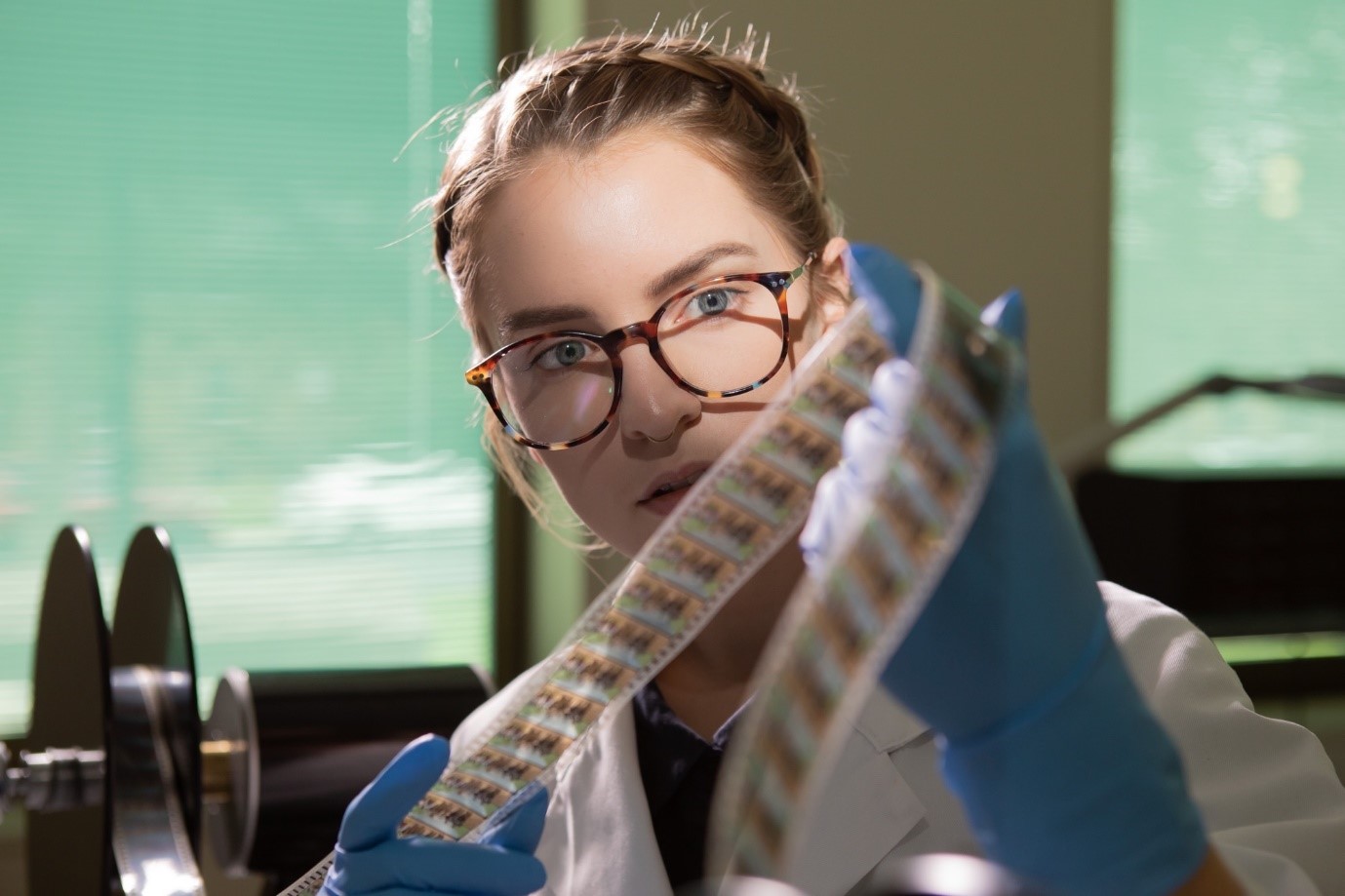
‘The Conservation and Film Services teams collaborated to find the best way to stabilise nitrate films, which had had previous repair work as well as shrinkage from age, to be able to pass through precise image-capture equipment. In-filling the edge of film sections that have lost their perforations is a time-consuming and meticulous process, but it enables us to then scan a high-resolution capture of the films digitally. Every damaged area is hand-repaired to give it the strength and integrity to pass through the scanners safely and stably.
‘The aim of conservation repairs is to intervene as little as possible with original material; any treatments performed on film should be reversible, making no changes, edits or frame losses. The digital technology now available has enabled us to capture the beautiful tints and tones that coloured the original nitrate films so that they can be enjoyed and viewed by a wider audience.’
Film Preservation specialist Dieter Schmid adds:
‘Damage to the perforations on the side of the films can cause them to “scroll” on the scanner, as the scanner system relies on the registration of the perforations to keep frame lock. We have been collaborating with the Conservation team to address these issues, with great success.
‘After the film has been scanned at high resolution to a standardised DPX file, we bring our image sequence into our postproduction software, to undertake the postproduction grading and clean-up as required, and then create the distribution video file.
‘With the Corrick Collection, we kept the image as close to the original as possible. The only work undertaken was colour grading in order to really highlight the image – particularly tinted or hand-coloured film elements.’
You can view a selection of images from the films in the gallery below:
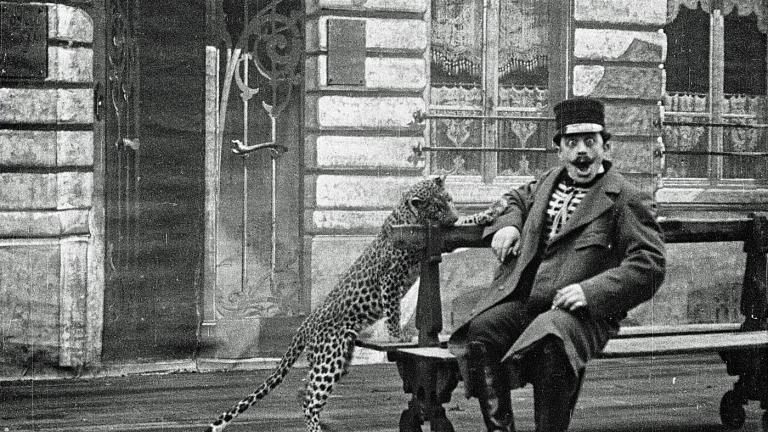
Babylas Vient D’Heriter D’une Panthere. France, 1911. From the NFSA Corrick Collection. NFSA title: 746241
Click on image to expand.
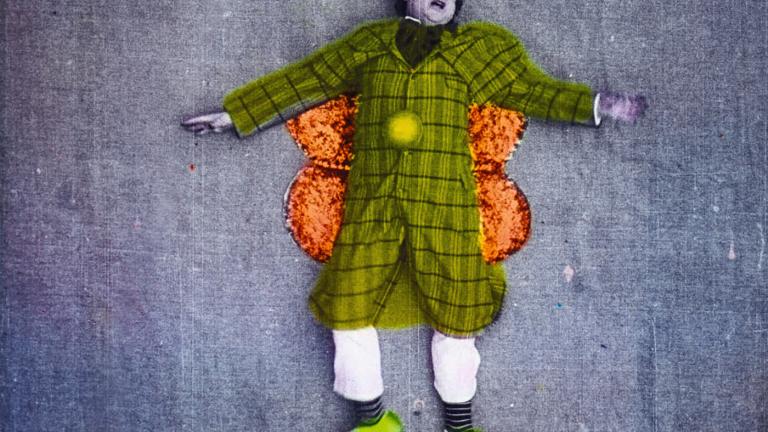
La Peine du Talion. France, 1905. From the NFSA Corrick Collection. NFSA title: 797779
Click on image to expand.

La Ruche Merveilleuse. France, 1905. From the NFSA Corrick Collection. NFSA title: 717484
Click on image to expand.

Street Scenes in Perth, Western Australia. Australia, 1907. From the NFSA Corrick Collection. NFSA title: 761273
Click on image to expand.
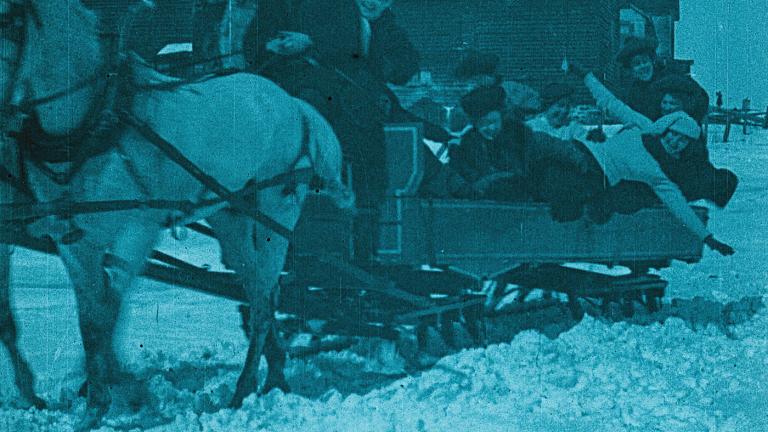
A Winter Strawride. United States, 1906. From the NFSA Corrick Collection. NFSA title: 746464
The digital restoration was completed in 2021 and the Corrick films are once again able to be viewed by audiences – in today’s digital cinemas - thanks to the great work of Haghefilm and the many NFSA experts in the Curatorial, Vaults Management, Conservation Services, Film Services and Video Services teams.
Eleven of the restored Corrick films have had their world premiere at the Ten Days on the Island Festival in Tasmania (5 to 21 March 2021). We look forward to future opportunities to showcase the quirky, funny, enchanting and entertaining films in this remarkable collection.
Thank you to Rose Cangadis-Douglass and Dieter Schmid for their valuable input into this article.
Main image: La Fee Aux Pigeons. France, 1906. From the NFSA Corrick Collection. NFSA title: 719841
The National Film and Sound Archive of Australia acknowledges Australia’s Aboriginal and Torres Strait Islander peoples as the Traditional Custodians of the land on which we work and live and gives respect to their Elders both past and present.